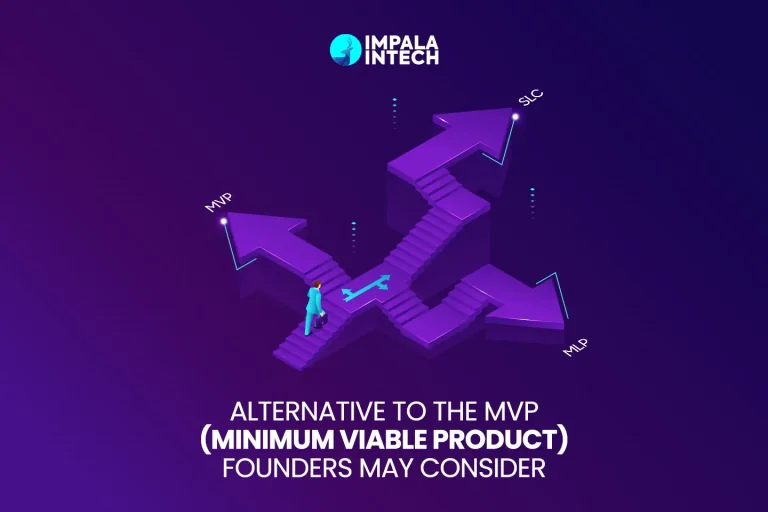
Call centers change fast each day. Calls rise. Calls drop. Targets shift without warning. Many leaders feel the pressure because every second shapes customer trust. A small delay can upset hundreds of callers. A tiny mistake can push costs higher. That struggle makes one question stand out. How do teams keep control without slowing down?
Digital workforce tools give a hint, but not the full answer. Many companies now want systems that match their own flow. They want clear schedules, live updates, and fewer errors. They want support for remote teams, multi-channel agents, and busy seasons.
What happens if a system could predict busy hours?
What if it could show every shift problem before it spreads?
What if agents felt calm because updates reached them on time?
These questions push many decision makers—ecommerce giants, large service groups, and global call centers—to explore new digital paths. The idea feels simple on the surface, yet it hides huge gains under the details. The more leaders learn, the more curious they become.
Why Call Centers Need Better Workforce Tools?
Call centers run on quick responses. Every second affects customer trust. Manual planning slows teams and creates confusion. Staff often miss updates or face sudden shift changes. This causes stress and affects customer calls. Digital workforce software removes that stress. It gives leaders and agents clear tasks, live updates, and fair schedules.
One call center manager said in a 2025 survey, “We needed order, not more rules. Digital tools gave that order.” That simple statement reflects common pain across the industry.
What Custom Workforce Software Brings to Call Centers?

Call centers run on speed and clarity. One missing update can break the flow. Custom workforce software fixes this by giving teams tools that match their real daily work. It follows your rules, your targets, and your call patterns. Nothing feels forced. Nothing feels borrowed. Leaders get control. Agents get fewer surprises. Everyone moves with the same rhythm.
Below is a clear look at what custom systems add to call centers:
| Feature | What It Does | Why It Matters |
|---|---|---|
| Shift Planning | Sets clean schedules without chaos. | Reduces confusion and saves time for supervisors. |
| Live Queue View | Shows call load in real time. | Helps agents prepare before calls spike. |
| Instant Updates | Sends alerts to all staff quickly. | Cuts delays and prevents missed changes. |
| Skill-Based Assignment | Matches tasks to the right agent. | Improves call quality and reduces repeat calls. |
| Secure Access | Protects customer details with strong controls. | Keeps data safe and builds customer trust. |
| Mobile Support | Lets teams check shifts anywhere. | Helps remote and hybrid agents stay aligned. |
| Performance Reports | Shows clear patterns in calls and workloads. | Gives leaders better insight for planning. |
Leaders across many industries say custom tools remove daily guesswork. They help teams stay calm during peak hours and support better customer experiences with steady results.
Core Features That Support Call Center Teams
Custom call center workforce tools use features that fix real issues. Each feature brings more clarity and speed.
Common elements include:
- Shift Planning: Leaders set shifts with fewer errors.
- Real-Time Queue Tracking: Agents see call loads and adjust quickly.
- Live Updates: Teams receive changes without delays.
- Skill-Based Routing: Managers assign agents based on skills and targets.
- Secure Access: Sensitive data stays protected.
- Mobile Access: Agents can view schedules from any device.
- Performance Reports: Leaders track wait times, call speed, and workload.
A telecommunications group shared in 2025 that digital planning reduced missed targets by 31%. Clear reports helped them fix weak areas faster.
9 Reasons Why Decision Makers Prefer Custom Systems!
Leaders need control, not confusion. Custom systems show live data in simple dashboards. They support planning for peak hours, staff shortages, and campaign changes. This clarity saves time for managers and supervisors.

Call centers also follow strict compliance rules. Custom software can match these rules and reduce mistakes. A compliance review in 2025 reported that automated tools cut reporting errors by 37%. Less risk means more trust for leaders. And here are some more tangibe reasons:
1. Strong Security for Call Center Data
Call centers handle sensitive information daily. This includes customer data, payment details, and account records. Data leaks can damage a company’s reputation. Custom software uses secure login methods, encryption, and access rules to guard sensitive data.
A global security study found that weak systems caused 70% of call center data issues. Custom solutions fix this with updated security layers.
2. Better Staff Satisfaction and Lower Burnout
Call center work is stressful. Rapid calls and unclear schedules can lead to burnout. Custom workforce systems help agents understand their workload. They show break times, shift updates, and performance goals clearly.
An agent shared in an internal review, “Clear updates help me stay calm. I know my targets now.”
Better clarity means better results. A 2025 study by SHRM said that transparent planning improved morale by 23%.
3. Cost Savings That Leaders Appreciate
Manual planning wastes time and money. Errors create overtime and extra workload for supervisors. Custom workforce software cuts this waste.
A Deloitte report in 2025 showed that companies using automation saved around 18% in yearly labor costs. This savings came from fewer errors, fewer delays, and faster call handling.
Time saved becomes money saved.
4. How the Development Process Works
Custom software follows a simple flow. Development teams study your call center operations. They review your targets, shift rules, call patterns, and team size. Then they build tools that match real needs.
A senior developer once said, “Good systems grow from real problems, not guesswork.”
That idea leads the entire development cycle.
The stages include:
- Planning
- Design
- Coding
- Testing
- Deployment
- Ongoing support
Decision makers stay involved from start to finish. This makes the end product simple, clear, and effective.
5. Integration With Existing Call Center Systems
Call centers use many tools like CRM, ticketing systems, softphones, and reporting dashboards. A custom workforce solution connects with these tools to avoid extra work.
Integration reduces repeated steps and prevents data errors. BusinessWire shared that integrated systems improved team accuracy by 28% in 2025.
This helps leaders understand daily activity without switching between many platforms.
6. AI Tools for Smarter Call Center Planning
AI can predict call spikes and staff shortages. It gives leaders early alerts so they can adjust shifts. This helps call centers manage seasonal peaks or campaign surges.
Harvard Business Review found that AI-driven planning reduced customer wait times by almost 19%. Faster responses mean happier customers and calmer staff.
7. Mobile Tools for Remote and Hybrid Call Centers
Many call centers now use hybrid or remote teams. Mobile access helps these teams stay connected. Agents can check their shifts, update tasks, and receive notifications on any device.
A service company reported that mobile updates improved team response time by 33% across three regions.
8. Problems Companies Face Without Digital Workforce Tools
Call centers using manual systems face errors, delays, and poor visibility. Supervisors spend hours adjusting schedules. Agents miss updates or receive unclear task lists. This leads to long wait times and low customer satisfaction.
A PwC report showed that old planning methods caused up to 17% lost productivity every year. That loss grows as teams expand.
9. Long-Term Gains for Leaders
Custom systems grow with your business. They support new teams, new call types, and new goals. They also help leaders track trends and shape long-term planning.
A director from a large service group said, “The system brought clarity to our daily work. It changed our pace.”
This simple shift helps leaders build stronger call centers with fewer problems.
Final Thoughts
Companies seeking to develop workforce management software for call centers gain real value. Custom systems bring clarity, speed, and order to daily tasks. They help agents perform better and give leaders stronger control.
Call centers face rising expectations each year. Digital tools help teams respond faster, stay organized, and deliver better service. For leaders who want stable, safe, and efficient operations, custom workforce software is a smart long-term step.
FAQs
Does the software support multiple call centers under one account?
Yes. It can manage many branches in one view. Leaders can switch between sites with one click.
Can the system forecast staffing needs for new campaigns?
Yes. It can study past trends and predict future needs. This helps you plan ahead for large sales events.
Is it possible to track agent mood or stress levels?
Yes. Developers can add short mood check-ins. This helps leaders support teams before stress builds.
Can the software run on older hardware?
Yes. Custom builds can support older devices. This helps teams avoid extra upgrade costs.








